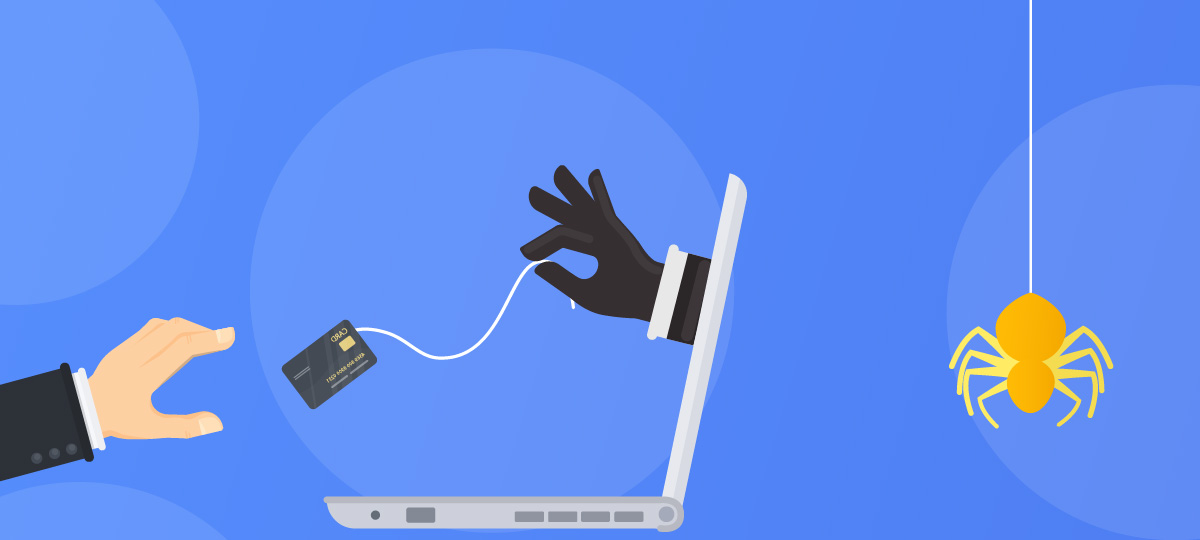
A smooth online experience is crucial for the travel industry. Just imagine the frustration of a potential customer who is trying to book a dream vacation, but instead is struggling with a slow-loading website. Customers are most likely to leave if images take forever to load, videos stutter, and the booking process feels sluggish. However, this scenario is often a reality for travel websites that are experiencing bandwidth issues.
Bandwidth consumption in the travel and tourism industry
Bandwidth refers to the amount of data that can be transferred between your website and a user’s device in a specific timeframe. In simple words, it is the internet’s “highway” size. If you overload your website with high-resolution photos, virtual tours, and real-time data feeds, you will quickly create a so-called traffic jam.
Travel industry trends heavily rely on visuals. You cannot avoid using photos and videos to showcase destinations if you want to get your visitors interested in a light festival boat tour Amsterdam or a gastronomic tour in Toscana. Consumers are increasingly looking for interactive features like 360° tours, virtual reality experiences, and live chat support. It all provides a richer experience but also requires significant bandwidth for smooth operation. Add a seasonal surge to all these issues, and your online sales may completely die! Is there a way to monitor your bandwidth and keep a steady customer flow? Yes, read on to learn more!
Bandwidth travel industry solutions
If you have noticed that your website generates fewer leads, and even advertising does not help, it is time to check its performance. Here are a few things you can do.
Learn how your bandwidth is used
The first step is to check your bandwidth with the internet service provider and then monitor how it is used. You can use special tools for this task, for example, GlassWire.
It monitors network activity and provides real-time insights into bandwidth usage. It tracks which applications and processes consume bandwidth, displays live graphs and stats, and offers historical data for trend analysis. Additionally, it includes security features to detect anomalies and potential threats and provides firewall control to manage bandwidth usage efficiently. This comprehensive monitoring helps optimize network performance and ensure smooth website operations.
Optimize visual content
Now let’s sort out visuals. Wait before you delete them from your website. There are ways to make images and videos more lightweight.
- Image compression techniques. Convert your images to WebP as it offers better compression with minimal quality loss compared to JPEG.
- Image optimization tools or plugins. These will enable you to resize images, remove unnecessary metadata, and maintain quality.
- Lazy loading. It allows users to load only essential elements first and delay images until the user scrolls down.
- Content Delivery Networks (CDNs). This approach allows delivering content from servers closest to the user and improves loading speed.
- Video streaming. Stream videos via platforms like YouTube or Vimeo instead of hosting large files directly on your site.
Streamline website functionality
The next task is to apply some strategies to keep your travel website running smoothly and efficiently.
- Reduce unnecessary plugins or scripts that can slow down page loading. Regularly review all installed plugins and scripts. Many plugins offer “lite” versions with core functionalities and minimal impact on website speed.
- Regularly update website software and plugins to ensure optimal performance. Outdated software and plugins can have security vulnerabilities and performance issues.
- Employ caching mechanisms. Caching allows your server to store frequently accessed data (like website code or images) on the user’s device. On subsequent visits, the user’s device already has the necessary data to load your content faster.
Remember about mobile optimization
Over 70% of users research trips on smartphones. But slow loading times can lead to lost bookings. Responsive design will allow your website to adapt to any screen size, and offer smooth navigation and faster loading for mobile users. Think about separate mobile versions for complex websites to prioritize speed and user-friendliness. It will allow you to create an excellent experience that keeps users returning for more.
Additional hints
- Invest in reliable hosting. Choose a provider with ample bandwidth to handle current and future traffic. Look for scalability options to grow as your business thrives.
- Monitor user experience. Tools like Google PageSpeed Insights will help you analyze website performance and track user engagement metrics (bounce rate, session duration). Understand how bandwidth impacts your visitors.
- Test new technologies. Do not miss new solutions like HTTP/3 for further speed improvements. Continuously optimize bandwidth usage based on best practices in the travel industry.
Wrapping up
Bandwidth monitoring isn’t a whim; it’s a necessity for a successful travel business. It helps you identify obstacles your potential customers may face before they cost you bookings. The above solutions will help you create a lightning-fast website. Remember, a smooth online journey is just as crucial as the dream vacation itself.




















